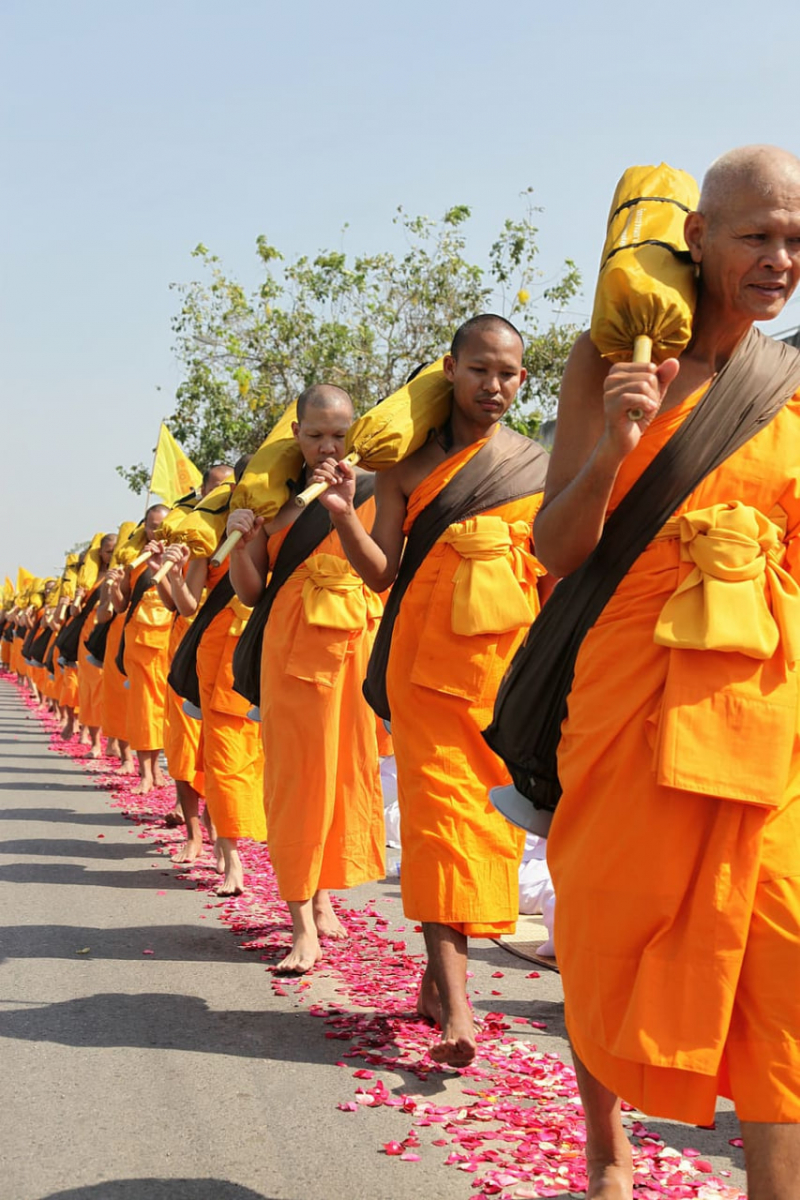Pilgrimages
Pilgrimages occupy a significant role in Buddhist practice. A pilgrimage involves traveling to sacred sites or places of spiritual significance associated with the life, teachings, and enlightenment of the Buddha and other revered figures. These odysseys provide practitioners with deep reflection, purification, and a heightened spiritual connection.
These sacred journeys frequently encompass pivotal locales closely tied to the Buddha's narrative, including Lumbini (birthplace), Bodh Gaya (place of enlightenment), Sarnath (site of the first sermon), and Kushinagar (place of passing). Beyond these central sites, many other pilgrimage destinations are interlinked with significant milestones from the Buddha's journey and areas associated with venerable disciples and bodhisattvas.
Pilgrims partake in many rituals, encompassing circumambulation (circulating a sacred object or location), offerings, and participation in prayers or chants at each juncture. These rituals embody acts of devotion and purification. Pilgrimages are undertaken with an array of intentions, spanning from the quest for blessings and accumulation of merit to personal metamorphosis and a heightened connection to the boundless realm of Dharma.
Essentially, a Buddhist pilgrimage transcends physical traversing; it metamorphoses into an enlightening and transformative sojourn. By immersing themselves in Buddhism's spiritual legacy, practitioners can traverse through time, reliving pivotal chapters of the Buddha's narrative. This, in turn, kindles inspiration and serves as an abiding testament to the wisdom encapsulated in the teachings of Dharma.












